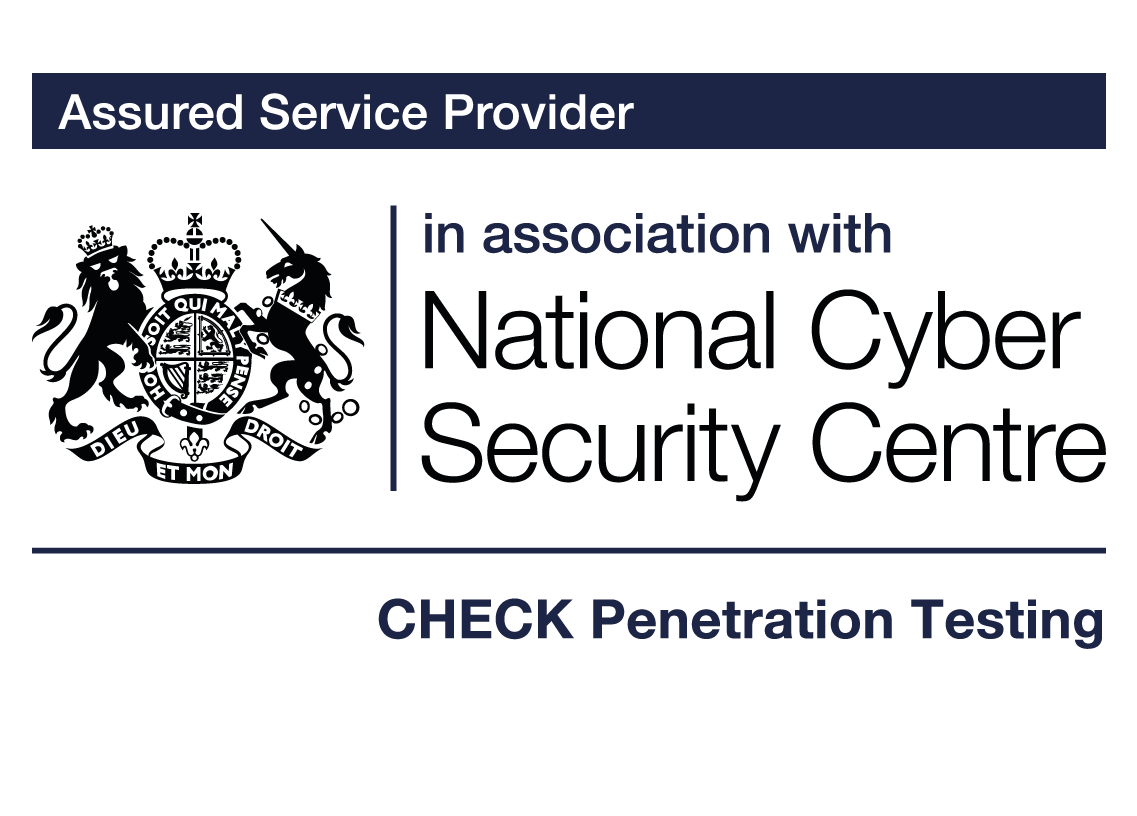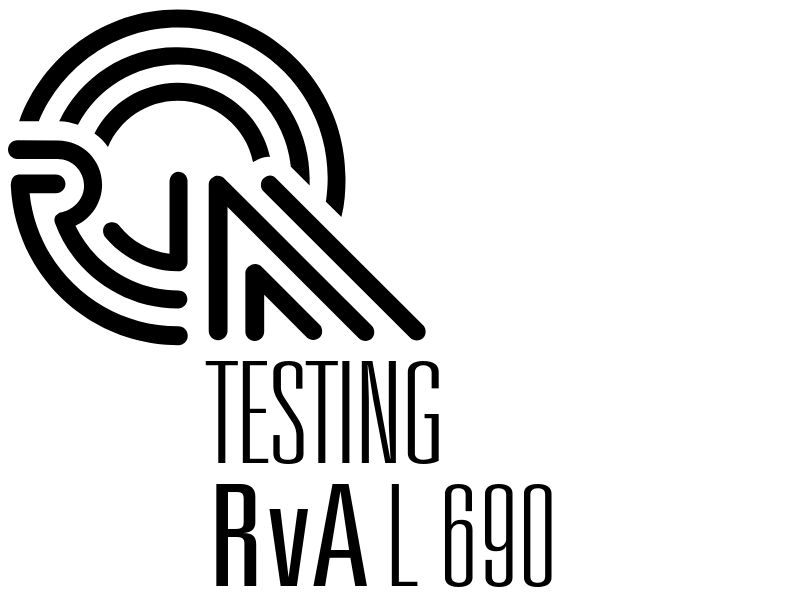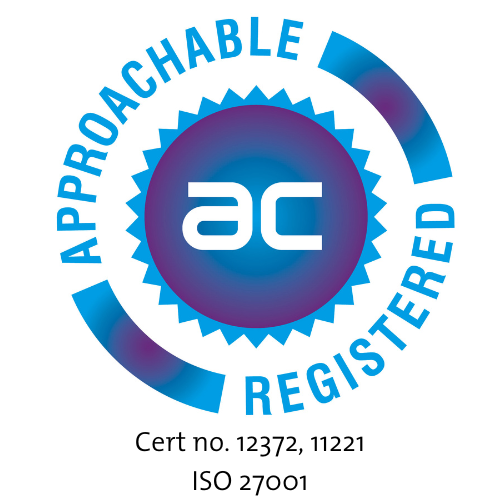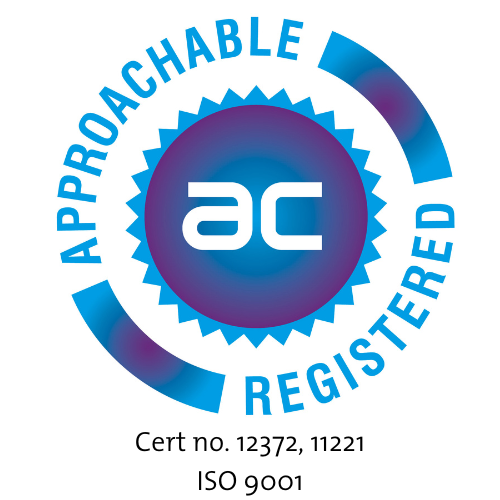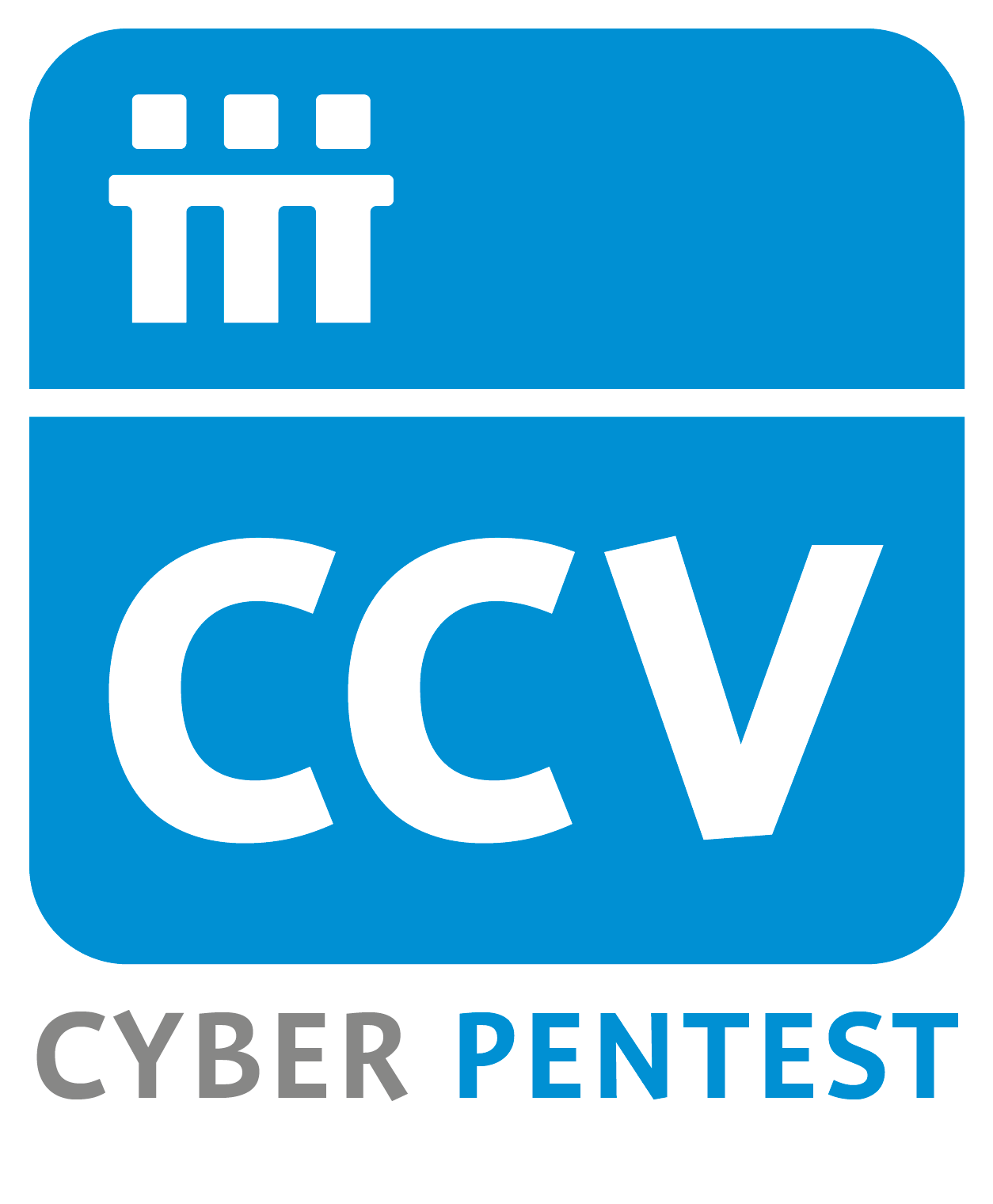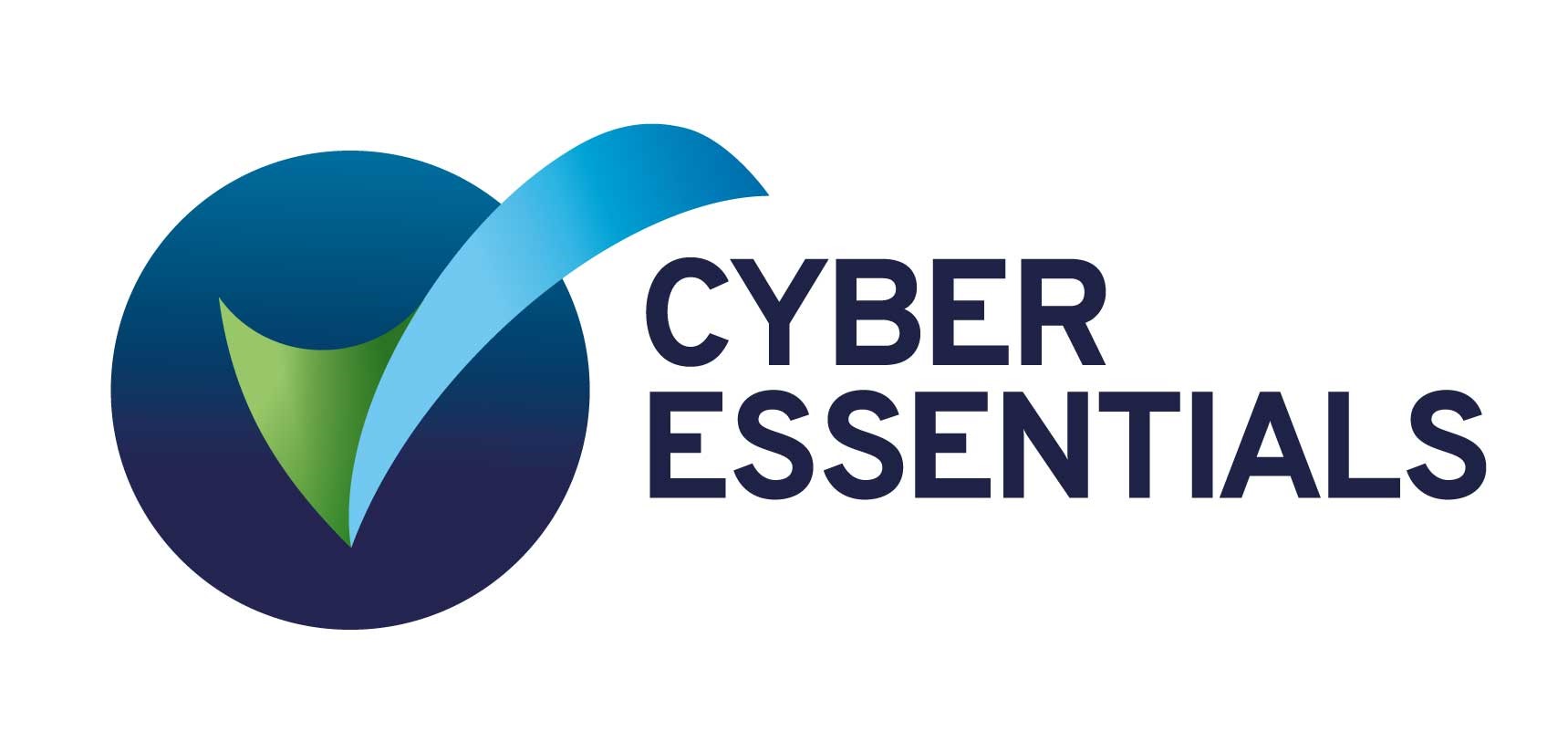Charging ahead with USB-C
 by Bart Grispen, Test Coordinator USB Certifications
by Bart Grispen, Test Coordinator USB Certifications
The end is hopefully in sight for technological ‘lock-in’. By the end of 2024, all mobile phones, tablets and cameras sold in the European Union will have to be equipped with a USB type-C charging port. This will be further extended, so that by spring 2026, the requirement will also include laptops.
‘Lock-in’ has many drawbacks, primarily the incompatibility between devices. Users currently need to juggle multiple chargers due to many manufacturers using their own charging technologies. Not only has this led to consumer confusion and frustration, but it has also had a massive impact on the environment, by generating huge amounts of electronic waste. The new EU directive is anticipated to reduce the amount of electronic waste by 980 tonnes yearly.
This industry-shifting move by the European Parliament means that manufacturers now need to ensure that their devices seamlessly integrate with not only standardised chargers, but also a wide variety of third-party devices.
Navigating the USB-C transition
For any forward-thinking manufacturer, embracing this change will be crucial to staying competitive and meeting customer expectations. However in some cases, upgrading to the new USB-C standard could have a significant impact on design and functionality of your devices. These are some of the pitfalls that would certainly be worth avoiding:
- Compatibility and performance issues: Without proper testing, your USB ports may not be compatible with certain devices, leading to connectivity issues, failure to recognise connected devices or slower charging speeds. This can result in frustrated users and negative experiences with your product.
- Poor reliability: Untested USB ports may be prone to errors or malfunctions, causing devices to disconnect unexpectedly or fail to charge properly. This can result in data loss, device damage, or even safety hazards in some cases.
- Regulatory compliance: Many regulatory requirements cover the performance and safety of electronic devices, including USB ports. Failure to comply with these regulations can result in legal consequences, fines, or product recalls, potentially damaging your reputation and bottom line.
Testing times ahead
So the answer to moving ahead with confidence is to test. And test again. With USB-C, there are certain key areas that will need to be assessed.
- Physical compatibility: Testing should verify that USB type-C connectors fit securely into ports without excessive play or looseness. This ensures proper physical connectivity and prevents damage to the connector or port.
- Electrical compatibility: USB Type-C cables and devices should be tested to ensure compliance with electrical specifications, including voltage, current, and power delivery capabilities. This helps prevent damage to connected devices and ensures safe operation.
- Data transfer speeds: Testing should verify that USB Type-C cables and ports support the appropriate data transfer speeds according to the USB specification (e.g., USB 3.2 Gen 1, Gen 2, or Gen 2×2). This ensures optimal performance for data-intensive applications such as file transfers and video streaming.
- Power delivery capability: USB Type-C cables and ports that support power delivery should be tested to ensure proper power negotiation and delivery. This includes testing for voltage profiles, current capabilities, and support for features such as USB power delivery fast charging.
- Alternate modes: USB Type-C cables and ports may support alternate modes such as DisplayPort, HDMI, or Thunderbolt. Testing should verify proper functionality and compatibility with devices that use these alternate modes.
- Cross-compatibility: Testing should ensure interoperability between USB Type-C devices from different manufacturers and across different generations of USB specifications. This helps prevent compatibility issues and ensures seamless connectivity between devices.
- EMI/EMC compliance: USB Type-C cables and devices should be tested for electromagnetic interference (EMI) and electromagnetic compatibility (EMC) to ensure compliance with regulatory requirements and prevent interference with other electronic devices.
- Durability and reliability: USB Type-C connectors and cables should undergo mechanical stress testing to ensure durability and reliability over multiple insertion and removal cycles. This helps prevent premature wear and failure of connectors and cables.
- Security: USB Type-C devices and ports should be tested for security vulnerabilities, including protection against unauthorised access, malware injection, and data theft through USB-based attacks.
As an accredited test lab and a leading provider of USB certification and comprehensive USB testing services, Resillion is well-placed to ensure that your devices meet the requirements for the upcoming standard charger. We can provide an objective, third party opinion on the overall quality of your USB product and our expert engineers can help with USB product development at your facility or ours. We test stand-alone devices, embedded hosts and full systems.
You can also make use of our extensive test pool of USB products for interoperability testing, providing insight on how well your product will behave in the market or catch interoperability and functionality issues prior to deployment.
Want to learn how we can help?
Get in touch with one of our experts.
Our Accreditations and Certifications
